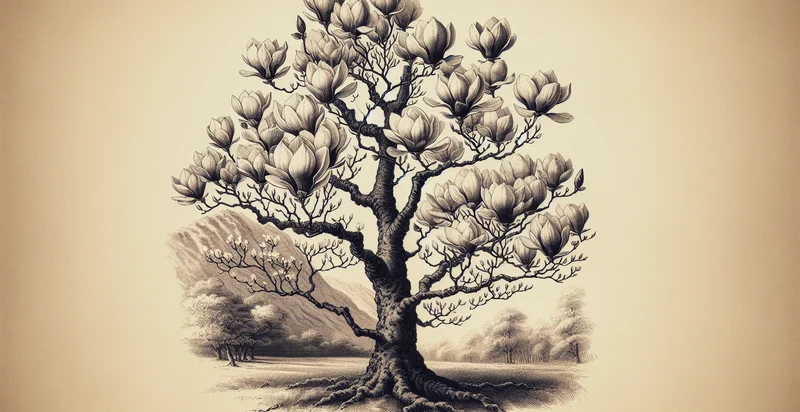Identify rhododendron species
using AI
Below is a free classifier to identify rhododendron species. Just upload your image, and our AI will predict the species of rhododendron present. - in just seconds.

Contact us for API access
Or, use Nyckel to build highly-accurate custom classifiers in just minutes. No PhD required.
Get started
import nyckel
credentials = nyckel.Credentials("YOUR_CLIENT_ID", "YOUR_CLIENT_SECRET")
nyckel.invoke("rhododendron-species", "your_image_url", credentials)
fetch('https://www.nyckel.com/v1/functions/rhododendron-species/invoke', {
method: 'POST',
headers: {
'Authorization': 'Bearer ' + 'YOUR_BEARER_TOKEN',
'Content-Type': 'application/json',
},
body: JSON.stringify(
{"data": "your_image_url"}
)
})
.then(response => response.json())
.then(data => console.log(data));
curl -X POST \
-H "Content-Type: application/json" \
-H "Authorization: Bearer YOUR_BEARER_TOKEN" \
-d '{"data": "your_image_url"}' \
https://www.nyckel.com/v1/functions/rhododendron-species/invoke
How this classifier works
To start, upload your image. Our AI tool will then predict the species of rhododendron present..
This pretrained image model uses a Nyckel-created dataset and has 15 labels, including Rhododendron Arboreum, Rhododendron Calendulaceum, Rhododendron Canadense, Rhododendron Catawbiense, Rhododendron Fortunei, Rhododendron Hirsutum, Rhododendron Maximum, Rhododendron Molle, Rhododendron Mucronulatum and Rhododendron Nelsonii.
We'll also show a confidence score (the higher the number, the more confident the AI model is around the species of rhododendron present.).
Whether you're just curious or building rhododendron species detection into your application, we hope our classifier proves helpful.
Related Classifiers
Need to identify rhododendron species at scale?
Get API or Zapier access to this classifier for free. It's perfect for:
- Botanical Research Tool: Researchers in botany can utilize the rhododendron species identifier to classify and study different rhododendron species in the wild or in laboratories. This tool can aid in identifying rare species and understanding their environmental needs, contributing to conservation efforts.
- Plant Nursery Management: Plant nurseries can implement the identifier to streamline the classification of rhododendron plants in their inventory. By accurately identifying species, nurseries can improve their stock management, sales strategy, and customer service by providing detailed care instructions tailored to each species.
- Landscape Design Software: Landscape architects can integrate the rhododendron species identifier into their design software to assist in selecting appropriate plants for client projects. This application ensures that the chosen species fit well within specific climate and aesthetic parameters, enhancing landscape design quality.
- Mobile Gardening App: A mobile app aimed at gardening enthusiasts can incorporate the identifier feature, allowing users to identify and learn about various rhododendron species. This helps amateur gardeners cultivate healthy gardens and understand the care requirements for each species they wish to grow.
- Ecotourism Development: Ecotourism companies can leverage the identifier in guided tours focusing on local flora, offering participants the chance to learn about native rhododendron species. Educating tourists about these plants can enhance their appreciation of biodiversity and promote conservation.
- Agricultural Research: Agricultural scientists can use the rhododendron species identifier to study pest resistance, growth patterns, and hybridization potential among different species. This research can lead to the development of hardier varieties for commercial cultivation, benefiting both market and ecology.
- Citizen Science Initiatives: Community-driven conservation projects can adopt the identifier for citizen science programs, enabling volunteers to classify rhododendron species as part of biodiversity mapping efforts. This engagement fosters local awareness about native species and encourages public participation in ecological preservation.


